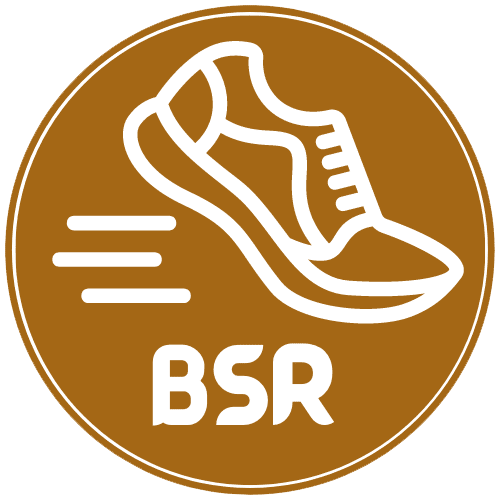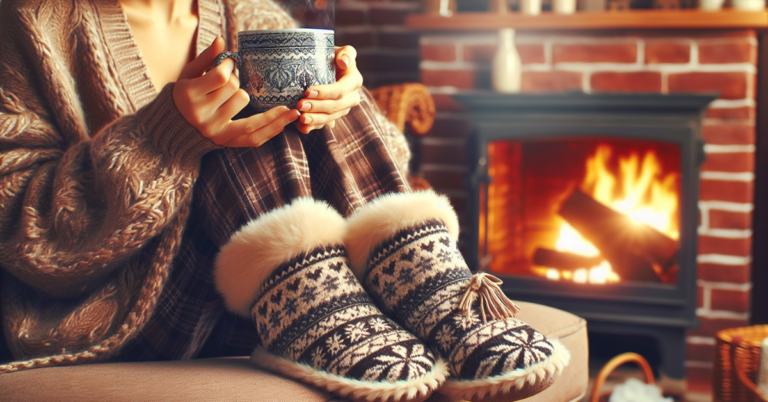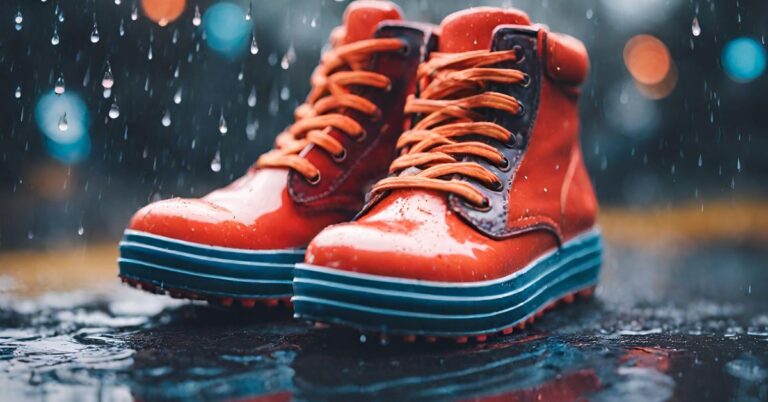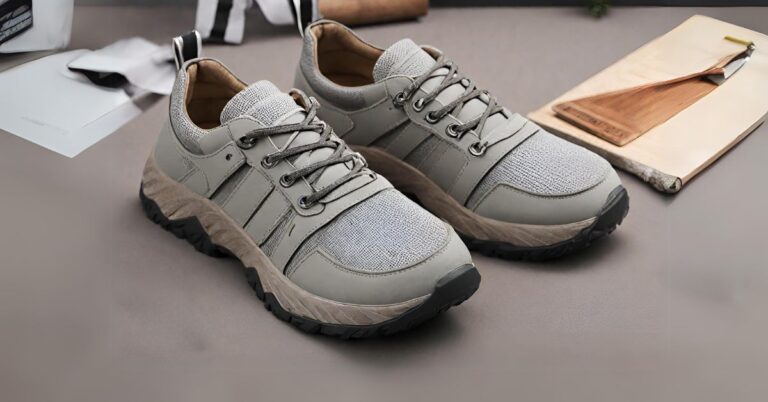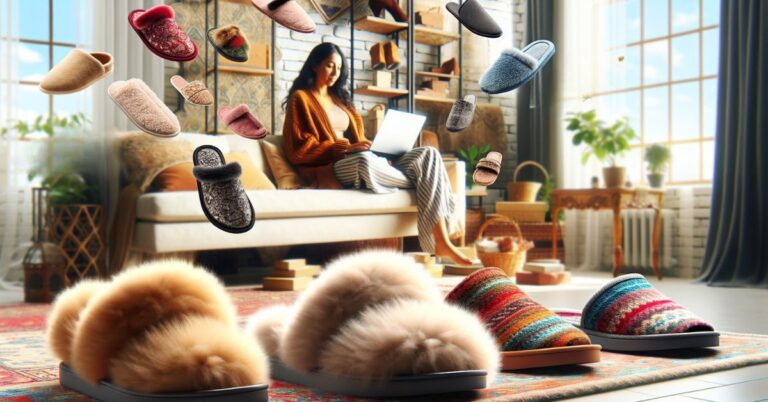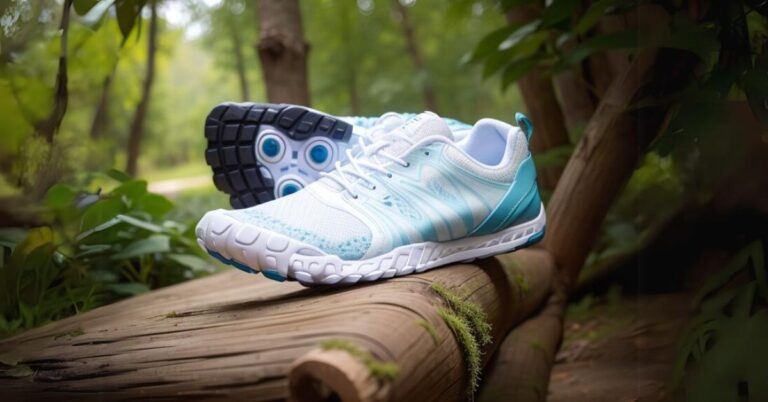Can You Wear Shoes Without Socks: Discover the Pros and Cons
Have you ever wondered if it’s acceptable to wear shoes without socks? This question has been a topic of debate among fashion enthusiasts and comfort seekers alike. While some argue that going sockless is trendy and can add a touch of effortless style to an outfit, others believe that it can lead to discomfort and potential health issues. Let’s explore this topic further and weigh the pros and cons of going sockless.
Can you wear shoes without socks?
Yes, you can wear shoes without socks. However, it’s important to be aware of potential drawbacks, such as increased odor, moisture, and a higher risk of blisters. Choosing the right shoes and maintaining good foot hygiene can help mitigate these issues and make going sockless a comfortable option for some people, especially in certain shoe styles and weather conditions.
Pros of Wearing Shoes Without Socks
For those who prefer a more casual and carefree style, going sockless in shoes can be a tempting option. But is it a good idea?
Advantages of going sockless in shoes
- Better breathability: Wearing shoes without socks allows your feet to breathe more easily. This can help prevent excessive sweating and keep your feet feeling fresh and dry.
- Comfort: Some people find that going sockless provides a more comfortable fit. Without the added layer of socks, your feet may have more freedom of movement and feel less constrained.
- Style: Going sockless can give off a trendy and fashionable vibe, especially in warmer weather or when wearing certain types of shoes like loafers or boat shoes. It can add a touch of effortless coolness to your overall look.
- Convenience: Not having to worry about finding matching socks or dealing with the hassle of putting them on can save you time and make getting ready in the morning easier.
Cons of Wearing Shoes Without Socks
Many people love the feeling of going sockless in their shoes, especially during the warmer months. It can be freeing and more comfortable, but it’s important to be aware of the potential drawbacks and risks that come with this choice.
Disadvantages and potential risks of not wearing socks with shoes
- Bacterial and fungal infections: When you don’t wear socks, your feet are more prone to sweat and moisture buildup inside your shoes. This warm and damp environment creates an ideal breeding ground for bacteria and fungi, leading to unpleasant foot odor, athlete’s foot, or even more serious infections.
- Blisters and chafing: Without the protective barrier of socks, your feet are more likely to experience friction against the shoes. This can result in painful blisters and chafing, which can make walking or wearing shoes uncomfortable.
- Increased shoe wear: The absence of socks can cause your shoes to wear out faster. Sweat and oils from your feet can break down the materials of the shoe, leading to deterioration and a shorter lifespan for your footwear.
- Foot discomfort: Wearing shoes without socks can cause discomfort, especially if the shoes are not properly fitted or have rough interior surfaces. The lack of a sock barrier can lead to rubbing, irritation, and soreness on your feet.
- Hygiene concerns: Going sockless can make it more challenging to keep your shoes clean and odor-free. Sweat and oils from your feet can accumulate inside the shoes, making them harder to maintain and potentially causing an unpleasant smell.
While going sockless may have its appeal, it’s important to weigh these potential disadvantages and take steps to mitigate them if you choose to go without socks. Proper foot hygiene, regular shoe cleaning, and ensuring a proper fit can help minimize the risks associated with not wearing socks
Hygiene Tips for Going Sockless
Many people enjoy the freedom and style of going sockless, especially during the warmer months. However, it’s important to take proper care of your feet to maintain good hygiene. Here are some practices to keep in mind when going sockless:
Practices to maintain foot hygiene when going sockless
- Wash your feet regularly: Without the barrier of socks, your feet are more exposed to dirt and sweat. Make sure to wash your feet thoroughly with soap and water every day, paying special attention to the areas between your toes.
- Keep your shoes clean: Regularly clean and air out your shoes to prevent the buildup of bacteria and odor. Use shoe deodorizers or sprinkle baking soda inside your shoes to absorb any unpleasant smells.
- Use antiperspirant or foot powder: To reduce sweating and prevent foot odor, apply antiperspirant or foot powder on your feet before putting on your shoes. This can help keep your feet dry and fresh throughout the day.
- Avoid wearing the same shoes every day: Give your shoes time to air out and dry completely between uses. Rotating between different pairs of shoes can help prevent moisture buildup and reduce the risk of fungal infections.
- Consider insoles or shoe liners: If you’re concerned about odor or moisture, you can use insoles or shoe liners made from moisture-wicking materials. These can help absorb sweat and keep your feet dry.
- Pay attention to any foot issues: Going sockless may increase the risk of blisters, calluses, or other foot problems. If you notice any discomfort or changes in your feet, consult a healthcare professional for proper diagnosis and treatment.
Types of Shoes Suitable for Going Sockless
For those who prefer a sockless look, it’s important to choose the right type of shoes that will provide comfort and prevent any unpleasant odors. While not all shoes are suitable for going sockless, there are certain styles that work well without socks.
Recommendations for shoe styles that work well without socks
- Loafers: Loafers are a classic choice for going sockless. They are slip-on shoes that provide a casual and stylish look. Opt for loafers made from breathable materials such as leather or canvas to ensure proper ventilation.
- Boat Shoes: Boat shoes are another great option for going sockless. They are typically made from canvas or leather and have a non-slip sole, making them perfect for summer activities. Boat shoes are designed to be worn without socks and provide excellent breathability.
- Sneakers: Certain types of sneakers can be worn without socks for a more relaxed and casual look. Look for sneakers made from breathable materials like mesh or canvas, as they allow air circulation and help prevent sweat buildup.
- Espadrilles: Espadrilles are lightweight, casual shoes that are perfect for warm weather. They are typically made from canvas or cotton, making them breathable and comfortable to wear without socks.
- Sandals: Sandals are the ultimate sockless footwear option for hot summer days. They provide maximum airflow to your feet and keep them cool and dry.
When going sockless, it’s important to take care of your feet by keeping them clean and dry. Applying foot powder or using insoles with moisture-wicking properties can help prevent odor-causing bacteria.
Remember, going sockless is a personal preference, and not all shoes are suitable for this style. It’s essential to choose shoes that provide comfort and support while maintaining good foot hygiene.
How to Prevent Odor and Sweat
When it comes to wearing shoes without socks, some people may wonder if it’s a good idea or not. While it may seem convenient and fashionable, going sockless can lead to issues such as foot odor and excessive sweating. However, with a few simple tips, you can keep your feet fresh and comfortable even without socks.
Tips for reducing foot odor and minimizing sweat when not wearing socks
- Choose the right shoes: Opt for shoes that are made of breathable materials like leather or canvas. These materials allow air circulation, reducing moisture buildup and preventing odor-causing bacteria from thriving.
- Keep your feet clean: Wash your feet thoroughly with soap and water every day. Pay special attention to the areas between your toes where bacteria tend to accumulate. Dry your feet completely before putting on shoes to prevent moisture buildup.
- Use foot powder: Apply a foot powder or talcum powder to your feet before putting on shoes. This helps absorb excess moisture and keeps your feet dry throughout the day.
- Rotate your shoes: Avoid wearing the same pair of shoes every day. Give them time to air out and dry completely between wears. This helps prevent the growth of bacteria and reduces foot odor.
- Consider insoles: Use shoe insoles or inserts that are specifically designed to absorb sweat and control odor. These can provide additional comfort and protection for your feet.
- Avoid wearing shoes without socks for extended periods: While it may be tempting to go sockless all day, it’s important to give your feet a break. Alternate between wearing socks and going sockless to allow your feet to breathe and prevent excessive sweating.
Using Insoles or Foot Sprays
For those who prefer to go sockless, wearing shoes without socks can be a comfortable and stylish choice. However, it is important to take care of your feet to prevent discomfort and odor. Here are some suggestions for using insoles or foot sprays to enhance comfort while going sockless.
Suggestions for using insoles or foot sprays to enhance comfort while going sockless
- Insoles: Consider using insoles specifically designed for sockless wear. These insoles can provide extra cushioning, arch support, and moisture-wicking properties to keep your feet dry and comfortable throughout the day. Look for insoles made from breathable materials such as leather or mesh.
- Foot Sprays: Use foot sprays that are specifically formulated to combat odor-causing bacteria. These sprays can help control sweat and keep your feet fresh and odor-free. Look for foot sprays that contain ingredients like tea tree oil, witch hazel, or menthol for their antibacterial and deodorizing properties.
- Air Out Your Shoes: After wearing shoes without socks, it is important to allow them to air out and dry completely before wearing them again. This helps prevent the buildup of moisture and bacteria that can cause unpleasant odors.
- Maintain Good Foot Hygiene: Keep your feet clean by washing them regularly with antibacterial soap and drying them thoroughly. Trim your toenails regularly to prevent ingrown nails and maintain overall foot health.
Remember, going sockless is a personal choice, and it may not be suitable for everyone or every occasion. It is important to listen to your body and prioritize comfort and hygiene when deciding whether to wear shoes without socks.
Alternatives to Socks
For those who prefer a sockless look or find socks uncomfortable, there are alternative options available that can provide both style and comfort. While going sockless may not be suitable for every occasion or climate, these alternatives can help you achieve a fashionable and comfortable look.
Exploration of alternative options for those who prefer not to wear socks
- Invisible Socks: Also known as no-show socks or loafer liners, these socks are designed to be hidden inside your shoes while still providing a barrier between your feet and the shoe’s material. They are a great option for those who want the benefits of wearing socks without the visible appearance.
- Foot Powder: Applying foot powder before putting on your shoes can help absorb moisture and reduce odor. This can be particularly useful when going sockless, as it helps keep your feet dry and fresh throughout the day.
- Foot Sprays: Similar to foot powder, foot sprays can help control sweat and odor. These sprays usually contain antibacterial agents that kill odor-causing bacteria, leaving your feet feeling fresh and odor-free.
- Insoles: Using insoles with moisture-wicking properties can help absorb sweat and keep your feet dry. Look for insoles made from materials such as bamboo or charcoal, which are known for their moisture-absorbing properties.
- Barefoot Shoes: If you enjoy the feeling of being barefoot but still want some protection, barefoot shoes are a great option. These shoes provide minimal cushioning and support while allowing your feet to move naturally.
While going sockless may have its benefits, it’s important to note that wearing socks can help prevent blisters, protect your feet from friction, and absorb sweat. It’s always a good idea to consider the occasion, climate, and personal comfort when deciding whether to go sockless or opt for one of these alternatives.
Remember, it’s all about finding what works best for you and your personal style.
Final thoughts on wearing shoes without socks and personal preferences
Ultimately, the decision to wear shoes without socks is a personal one. Some individuals find it more comfortable and enjoy the freedom of going sockless, while others prefer the added protection and hygiene benefits that socks provide. It is important to listen to your own body and make choices that align with your own preferences and needs.
Frequently Asked Questions
Q: Can I wear sandals without socks?
A: Yes, sandals are often designed to be worn without socks and can provide a cool and comfortable option for warm weather.
Q: Are there any health risks associated with wearing shoes without socks?
A: While there can be potential drawbacks such as foot odor, blisters, and fungal infections, these risks can be minimized by practicing good hygiene and choosing breathable shoes.
Q: Can I wear socks with shoes that are designed to be worn without them?
A: While it is possible to wear socks with shoes designed to be worn without them, it may affect the fit and comfort of the shoe. It is generally recommended to follow the manufacturer’s guidelines for optimal performance and comfort.
